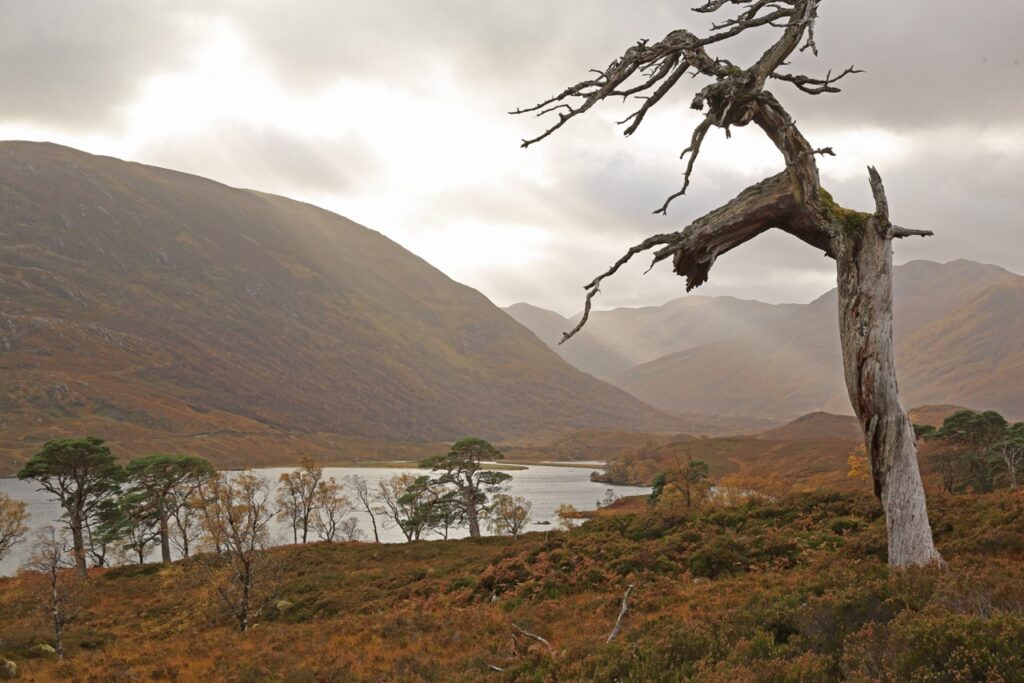A NEW campaign is underway to save the last of the nation’s great ancient Scots pines across the Highlands – the origins of which could very well date back as far as the Ice Age.
The Caledonian Pinewood Recovery Project hope to nurture new growth alongside the old surviving trees – some of which are more than 200 years old.
Trees for Life, behind the scheme, say only some 42,000 acres of the original Caledonian pinewoods remain in 84 fragments.
But those are spread across a wide area from Loch Lomond, northwards to near Ullapool, and eastwards to Glen Ferrick near Aberdeen.

Some of these have restored.
But where seeds manage to germinate, the resulting saplings are grazed and killed by deer.
The group says previous studies by Forestry Commission Scotland and the UK Government suggest at least 50 are declining and could disappear within a generation.
And they plan to take action to help.
Trees for Life’s Chief Executive Steve Micklewright, who hopes to see them grow back to strength again, said: “The Scots pine is Scotland’s national tree and symbolizes the Caledonian Forest – but the last fragments of these ancient pinewoods are dying.
“Without action, the chance to bring back the wild forest could slip away forever, with only the skeletons of these special trees revealing where a rich woodland once grew.”
“We are determined to ensure these trees are not the last generation of Scots pine in these places.
“This project is one of our biggest and most crucial initiatives ever, and every donation will help save these precious fragments of our natural heritage.”
The forest fragments are currently isolated from each other, which they say is bad news for wildlife.
Red squirrels can’t reach and colonise restored woodlands from where they have been lost, while the rare capercaillie is rapidly declining in Scotland as there is too little connected forest to support a stable population.

Trees for Life now wants to produce detailed plans on how to save each remnant so that a new generation of Scots pine can grow.
They would research where pinewoods need to expand to survive changes caused by climate change.
The charity also wants to develop innovative ways to regenerate the forest, including through mutually beneficial discussions with landowners.

Support from the Esmée Fairbairn Foundation has already helped Trees for Life raise £150,000 for the ambitious project.
It now needs to raise at least £20,000 from the public to be able to start the work.
They say action will help ensure that young Scots pine trees are soon growing among the Granny pines.
This will provide a renewed forest that is more resilient to threats, with pinewood fragments successfully joined up – making them large enough to provide a good home for the unique wildlife only they can support.
Want to learn more? Read: more about the project, at www.treesforlife.org.uk/appeal or call 01309 691292.
Image credits: Capercaillie © Peter Cairns www.scotlandbigpicture.com; Dead Scots pine over Gleann na Ciche & Loch Affric © Alan Watson Featherstone; Trees for Life.

